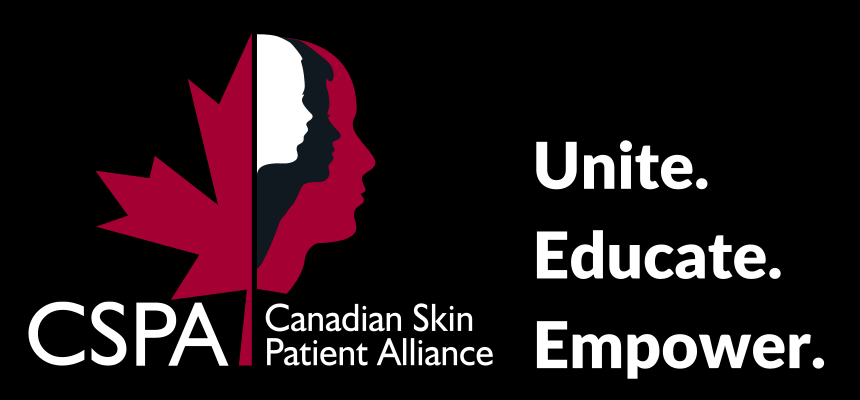Symptoms
The one symptom that all burns share is swelling, which usually begins to subside in about 48 hours. However, other symptoms can persist longer than two days and vary according to how serious the burn is.
First-degree burns are superficial, considered mild, and have similar characteristics to a sun burn, affecting only the first layer of skin (the epidermis). These burns cause skin redness and pain. They generally heal in 3 to 5 days, although in some cases the redness may last longer.
Second-degree burns fall into two types:
- Superficial partial-thickness burns, which injure the first and second layers of the skin (epidermis and superficial dermis)
- Partial-thickness burns, which injure deeper skin layers (epidermis and most of dermis, including deep follicular structures).
Unlike first-degree burns, second-degree burns cause blistering or open sores on the skin, are more painful than first-degree burns, and take 10 to 15 days to heal. If you have a second-degree burn, you should see your doctor. Seek immediate medical help if the burn is larger than 2 or 3 cm in diameter or is on the face, hands, feet, genitals, buttocks, or a major joint.
Third-degree burns (full-thickness epidermal and dermal destruction) are more serious than first- and second-degree burns because they extend through all of the skin’s layers. The skin dies, turns white and has no sensation because of damaged nerve endings. A skin graft is necessary to heal the area. People with third-degree burns that cover a large part of the body can go into shock, stop breathing and die. Anyone with suspected third-degree burns needs to be immediately taken to hospital.
Fourth-degree burns (extends through skin, subcutaneous tissue and into underlying muscle and bone). People with widespread fourth-degree burns can die from their injuries. This type of wound leaves the body vulnerable to infections. Reconstructive surgery is needed to repair the burned area.
Important note: Third- and fourth-degree burns, or burns that cover more than 10% of the body, must always be treated at a hospital.











